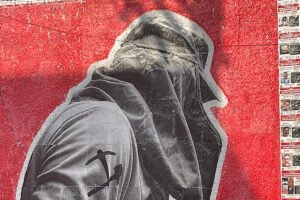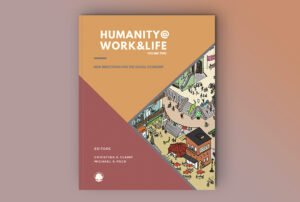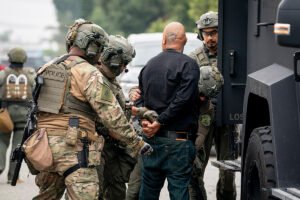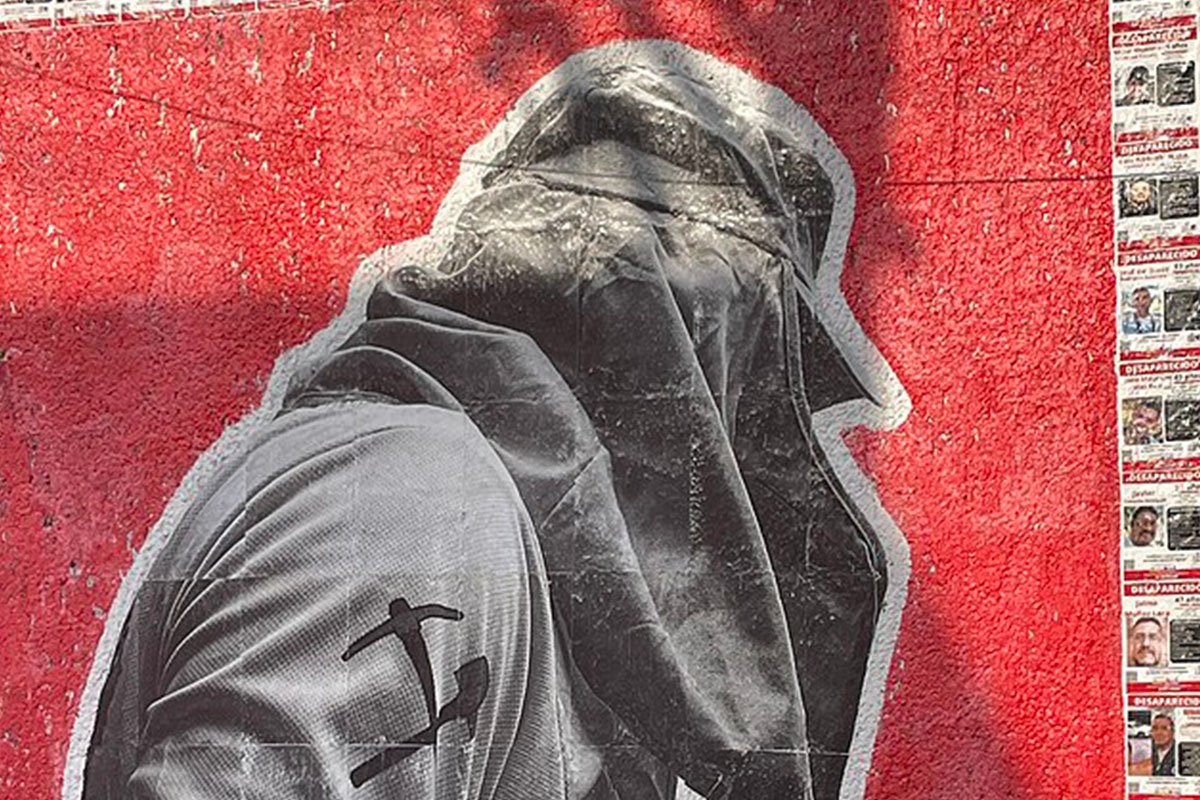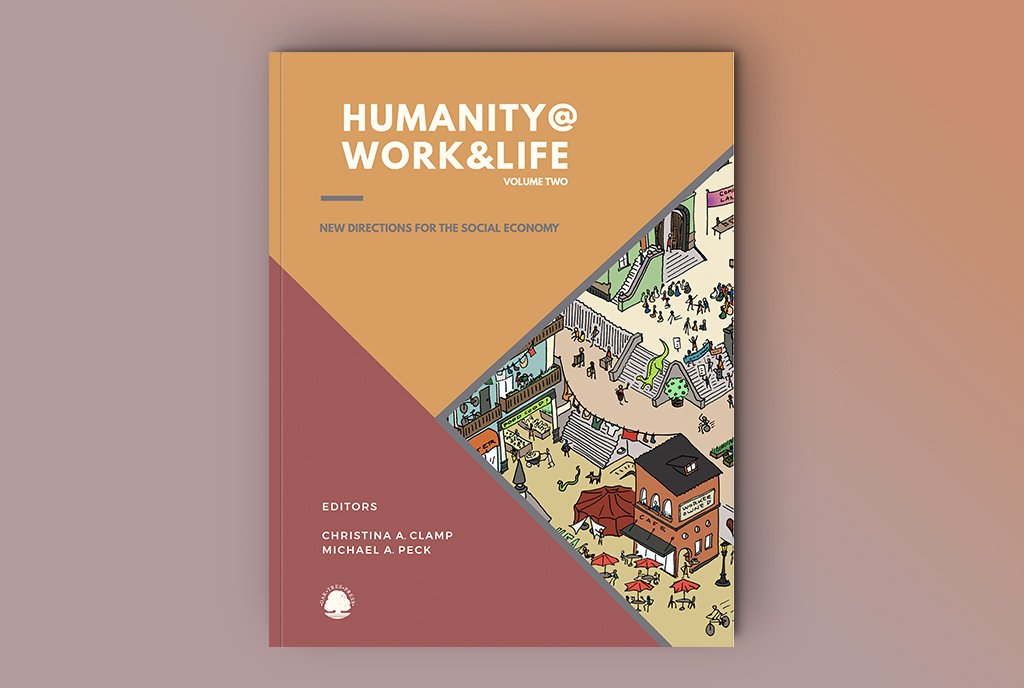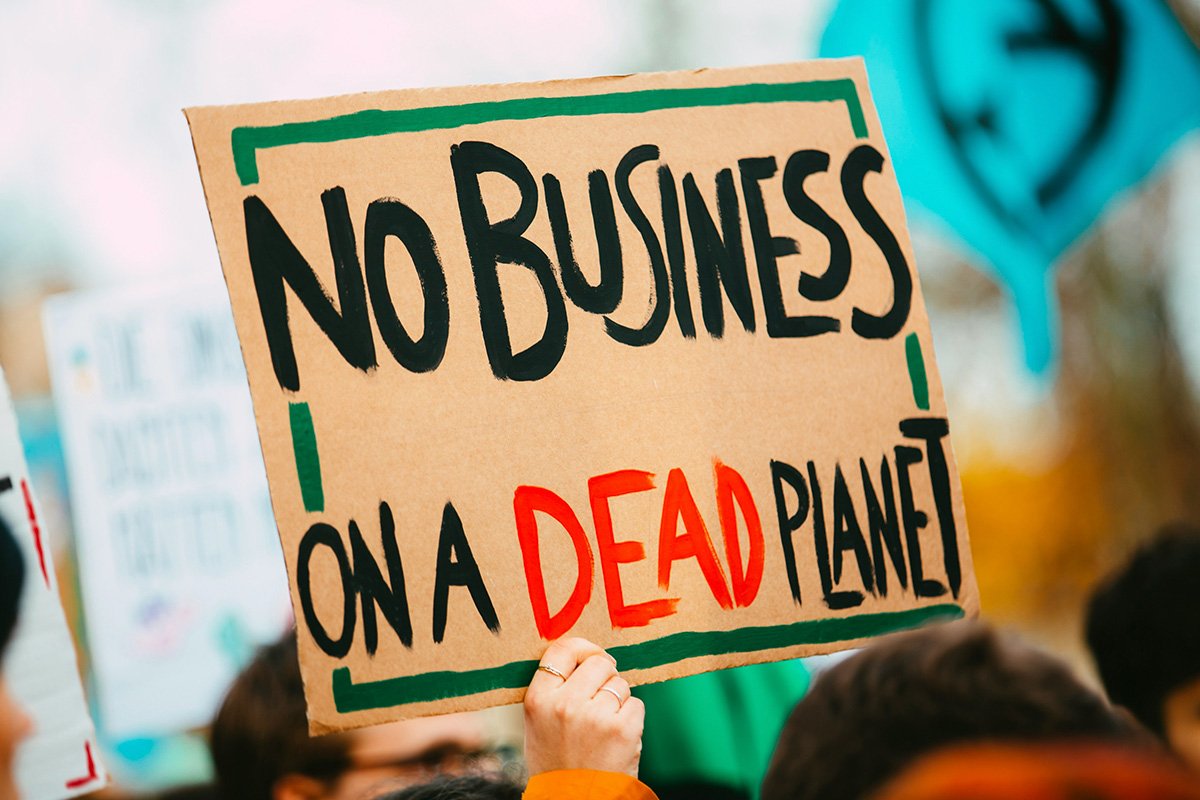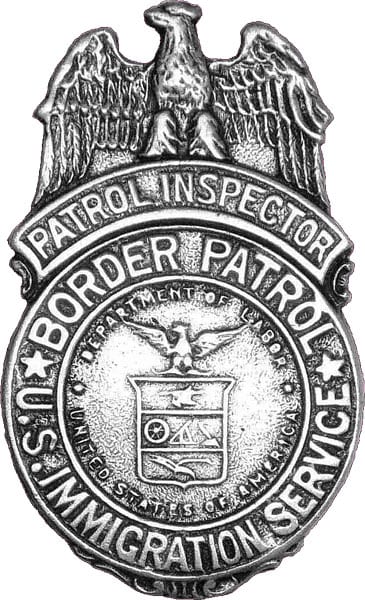
January 12, 2019; The Intercept
In 2018, federal cruelty toward immigrants gained national prominence, as the Trump administration’s policy of separating children from their families was exposed. This led to an executive order rescinding family separation, although the crisis continues. Proposed alternatives such as a proposal floated to engage in the indefinite detainment of entire families in internment camps would by no means excise cruelty from the system—it would just adjust the form it takes.
But current policies are less exceptional than they appear. The consistency by which migrants crossing the southern US border have been treated by federal officials as criminals or worse is of little surprise to those who have followed US-Mexican relations. Greg Grandin, a Bancroft Prize-winning historian at New York University (NYU) and most recently author of a book titled, The End of the Myth: From the Frontier to the Border Wall in the Mind of America, says the US Border Patrol, founded in 1924, has arguably been the most “abusive branch of federal law enforcement,” even worse than the FBI under J. Edgar Hoover.
The founding of the Border Patrol, Grandin notes, is rooted in the 1924 Immigration Act. “Most countries were now subject to a set quota system, with the highest numbers assigned to western Europe,” but Grandin points out that US business interests ensured that Mexico remained exempt from a quota. The Border Patrol was a concession to those who had wanted a quota.
Grandin explains:
While the 1924 immigration law spared Mexico a quota, a series of secondary laws—including one that made it a crime to enter the country outside official ports of entry—gave border and customs agents on-the-spot discretion to decide who could enter the country legally. They had the power to turn what had been a routine daily or seasonal event—crossing the border to go to work—into a ritual of abuse. Hygienic inspections became more widespread and even more degrading. Migrants had their heads shaved, and they were subjected to an increasingly arbitrary set of requirements and the discretion of patrollers, including literacy tests and entrance fees.
Sign up for our free newsletters
Subscribe to NPQ's newsletters to have our top stories delivered directly to your inbox.
By signing up, you agree to our privacy policy and terms of use, and to receive messages from NPQ and our partners.
Grandin adds, “Border agents beat, shot, and hung migrants with regularity.” A brief reform effort to the border patrol occurred during the Roosevelt administration, but agriculture interests succeeded in shifting the Border Patrol agency to be under the Department of Justice, more or less vitiating the reforms that the US Department of Labor, under the leadership of Secretary Frances Perkins, had been implementing.
Then, in 1965, immigration law changed again. While the law greatly liberalized immigration from previously restricted regions of Europe and Asia, it assigned quotas to Mexico and other countries in Latin America. Thousands of Mexican seasonal farmworkers who had been routinely migrating on an annual basis to the US suddenly became “illegal” in the eyes of US policy—and this opened the door to increased Border Patrol abuses.
John Crewdson, Grandin notes, won a Pulitzer in 1980 for a series of articles published in the New York Times, including one titled “Border Sweeps of Illegal Aliens Leave Scores of Children in Jails,” that highlighted many of the abuses, including ‘beatings, murder, torture, and rape, including the rape of girls as young as 12.’”
“Separating migrant families was not official government policy in the years Crewdson was reporting on abuses,” Grandin explains. “But left to their own devices, Border Patrol agents regularly took children from parents, threatening that they would be separated ‘forever’ unless one of them confessed that they had entered the country illegally.”
Human Rights Watch, Grandin adds, reported in 1993 that at a border patrol substation in Harlingen, Texas, “physical abuse is often coupled with due process abuses meant to terrorize victims of brutality.” Nor is the substation an outlier. A 2018 Guardian article reports that, “Since 2003, Border Patrol agents have killed at least 97 people, including six children,” with very few agents being prosecuted. A 2018 report by the American Civil Liberties Union (ACLU), notes that “thousands of documents” show “widespread horrific abuse of child immigrants” while in custody. This includes, notes Grandin, many instances of young girls being physically abused and threatened with rape, while unaccompanied children have experienced “physical and psychological abuse, unsanitary and inhumane living conditions, isolation from family members, extended period of detention, and denial of access to legal medical service.”
Grandin concludes by emphasizing that, “The viciousness we are witnessing today at the border, directed at children and adults, has a long history, a fact that should in no way mitigate the extraordinary cruelty of Donald Trump. But it does suggest that if the US is to climb out of the moral abyss it has fallen into, it has to think well beyond Trump’s malice.”—Steve Dubb



